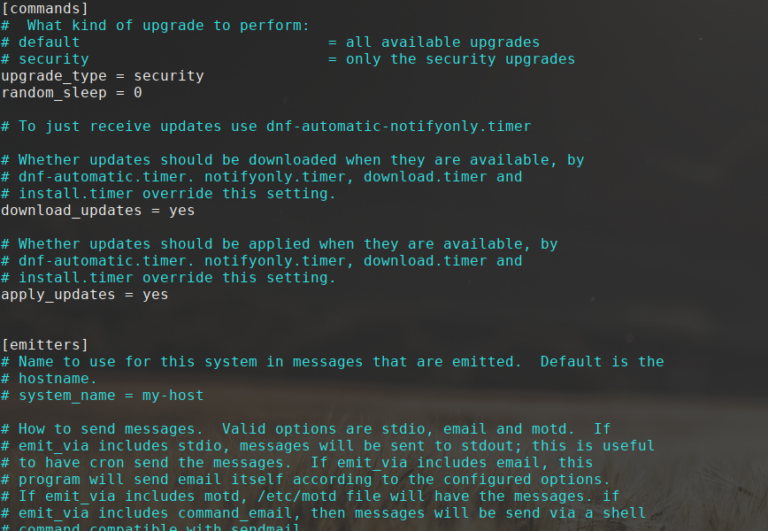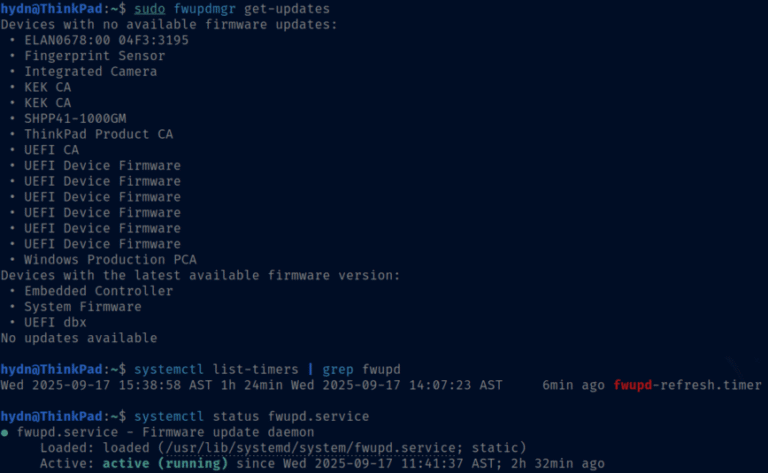
The global public cloud market is rapidly concentrating around three major U.S. providers—Amazon Web Services, Microsoft Azure, and Google Cloud—with no EU provider even remotely close to challenging their leadership in the European market. The market share of EU companies is 10%, and the largest European Cloud operator accounts for just 2%. Given the strategic role that cloud computing technologies play in the economy, this oligopolistic structure and the increasing reliance on non-EU cloud service providers raise serious concerns about personal data protection, cybersecurity, and applicable legislation.
OpenNebula Systems is leading the development of a next-generation open-source platform for the datacenter-cloud-edge continuum. How will this platform improve interoperability and multi-cloud management across Europe?
OpenNebula not only enhances business value through reduced capital and operational costs, but also offers greater flexibility with no vendor lock-in and ease of use. Additionally, it provides a range of features for vendor-neutral hybrid multi-cloud environments that are not available in proprietary cloud solutions from non-EU corporations.
The project follows an open source philosophy that will enable the integration of innovations from all participating companies, creating integrated and tailored solutions to meet the needs of strategic sectors. Individually, companies cannot compete with the major providers; this is an integrated project that seeks to generate synergies by leveraging shared resources, accumulated experience, and market presence.
IPCEI CIS directly contributes to achieving several EU objectives of a digital, greener, more secure, resilient and sovereign economy as set out in key EU policy initiatives, such as the Europe’s Digital Decade, the European Green Deal, the European Data Strategy, and the 2030 Digital Compass. As highlighted in the European Data Strategy, the volume of data our societies generate is increasing very rapidly and, by 2025, 80% of all that data is expected to be processed at the edge, closer to end-users and IoT devices. Both the EU’s New Industrial Strategy and the 2030 Digital Compass emphasize the need to leverage the current tendency towards decentralized multi-provider edge cloud infrastructures to open up the data economy. By 2030, for instance, the plan is to have at least 10,000 climate-neutral, highly secure edge nodes available in the EU. IPCEI-CIS is providing the enabling technology components needed to manage and orchestrate these highly distributed edge resources. While cloud computing has been the backbone of AI development and deployment, the future of innovation is increasingly shifting towards the edge.
It is a great opportunity, as our role is to provide a management and orchestration system that enables the integrated use of the technological components and infrastructure resources of these companies.
The IPCEI-CIS project brings together Europe’s leading cloud companies to collaborate on the development of vendor-neutral, open source cloud and edge technologies, with the goal of fully unlocking the potential of the cloud computing market. OpenNebula Systems is one of the core partners, currently co-leading the technical coordination group alongside SAP, and contributing one of the key components for cloud and edge management.
Can you explain the significance of the IPCEI-CIS project and how OpenNebula Systems’ involvement will impact Europe’s cloud infrastructure?
Our innovation is built on four key pillars:
The press release emphasizes “cloud neutrality.” Can you elaborate on what cloud neutrality means to OpenNebula Systems and why it is critical for Europe’s digital sovereignty?
What role does sustainability play in the development of this new cloud infrastructure, particularly in reducing the carbon footprint of hyperscaler data centers?
Dynamic provisioning allows for the creation of distributed cloud-edge infrastructures on demand, utilizing resources from different providers. Portability ensures that applications can run without modifications and even migrate between different providers. Unified interoperable management simplifies the administration of infrastructures with resources from multiple providers. The ultimate goal is to enable a “virtual hyperscaler” composed of resources from various European cloud providers, which collectively may reach the scale necessary to compete with large non-European providers.
What are some of the key innovations we can expect from OpenNebula Systems in terms of real-time, low-latency services and the proximity cloud approach?
In terms of energy efficiency, the new platform will offer a comprehensive set of energy-related metrics for multi-provider cloud infrastructures. This will facilitate the deployment of sustainable, smart cloud-edge environments, enabling users to model, evaluate, and predict the energy overhead of various application techniques, such as containers versus VMs, and different storage approaches. It will also raise developers’ awareness of the impact of running applications at the edge, while providing AI-driven optimization for infrastructure operations based on sustainability metrics, including energy consumption and carbon intensity from both power and hardware.
In an ideal cloud-neutral world, application workloads would seamlessly move between, or be shared among different cloud service providers. They could be deployed wherever the optimal balance of performance, functionality, cost, security, compliance, availability, and resilience is achieved—without the risk of vendor lock-in. This would create a more level playing field in the cloud market, boosting the competitiveness and relevance of providers beyond the dominant big three, and giving more opportunities to EU cloud players.
Given the collaborative nature of IPCEI-CIS, how do you foresee working with major industry players like SAP, Siemens, and Telefónica in this initiative?
Can you speak to how this project aligns with the EU’s broader goals for the Digital and Green transition, particularly in sectors like AI and edge computing?
We anticipate that the innovative platform developed by OpenNebula within the IPCEI-CIS project will disrupt the current cloud ecosystem with a new disaggregated cloud-edge architecture. This platform will connect corporate users with both existing and emerging cloud/edge infrastructure providers, including local data centers, cloud providers, and 5G/telecom operators, through a neutral two-sided marketplace. This approach aims to minimize vendor lock-in, bring greater balance to the cloud market, reduce entry barriers, and foster the development of new business models.
Looking ahead, how do you envision the European cloud market evolving over the next five to ten years, and what role will OpenNebula play in shaping that future?
With European cloud providers accounting for less than 13% of the market, what are the main barriers that you see, and how does IPCEI-CIS aim to address these challenges?
How does OpenNebula’s open-source approach offer a competitive edge over proprietary cloud solutions from non-EU corporations?
By Randy Ferguson
- Automation, where we streamline the deployment, updates, and operation of cloud software and virtualized workloads;
- AI-driven Operations, leveraging AI to enhance observability, predictive analytics, and anomaly detection for smart management of physical and virtual resources;
- Multi-cloud, enabling hybrid deployments using bare-metal services and creating a distributed OpenNebula cloud with unified policies and users across cloud-edge environments;
- Confidential Computing, addressing confidentiality concerns by orchestrating confidential VMs to encrypt data in use, ensuring secure operations in multi-cloud setups.
It is urgent to reduce the energy consumption of large cloud infrastructures. The current trend is moving towards a decentralized cloud model, known as “Edge Computing,” where the data generated by our mobile phones and other devices is processed as close as possible to the users. Existing centralized approaches require an unnecessary movement of data that carries a significant energy cost, in a model where, to send an instant message to our neighborhood community, the data must travel hundreds of kilometers to be processed in a data center on the other side of the continent. Various studies show that a fully distributed architecture consumes between 14% and 25% less energy than a centralized cloud architecture, like the one imposed by the major platforms in Europe and around the world.
In today’s interview, we discuss with Dr. Ignacio M. Llorente, CEO of OpenNebula Systems, a company playing a pivotal role in reshaping Europe’s cloud infrastructure landscape. With a PhD in computer science and decades of experience in scaling businesses and research projects, Dr. Llorente leads OpenNebula Systems as it collaborates on the IPCEI-CIS project. This initiative, designed to counterbalance the dominance of major non-EU cloud providers, aims to foster a vendor-neutral, open-source platform for cloud and edge computing. Through this discussion, we will explore key topics such as cloud neutrality, sustainability, and the strategic goals for Europe’s digital sovereignty. Dr. Llorente will share insights on how OpenNebula is driving innovation in multi-cloud management and edge computing while addressing critical challenges related to data protection and cybersecurity in the European market.
The primary challenge is to introduce neutrality, freedom of choice, and portability into the cloud market, creating a more level playing field and enhancing the competitiveness and relevance of providers beyond the dominant big three. OpenNebula is focused on coordinating and facilitating the development of a neutral software platform that enables the on-demand use of infrastructure resources from diverse providers, tailored to the dynamic needs of applications. This platform will serve both application and service providers, as well as infrastructure providers, allowing for the deployment of innovative business models. The objective is to shift the current trend, empowering small and medium providers to expand their market share. Achieving this will also rely on factors such as the growing demand for edge processing and the speed of new edge node deployments.






